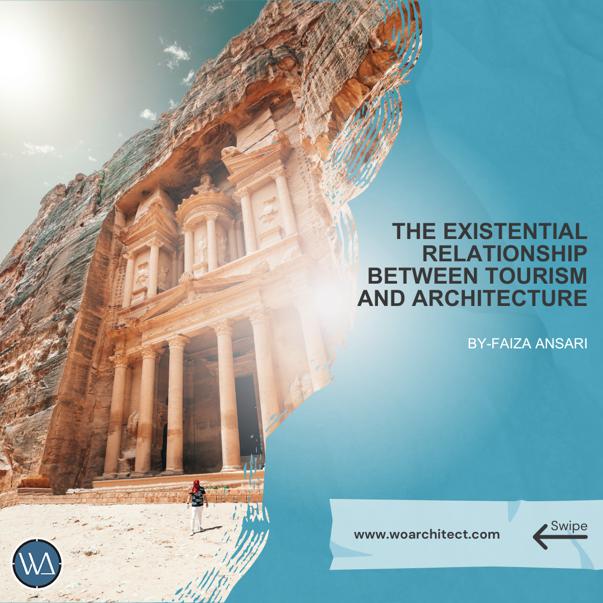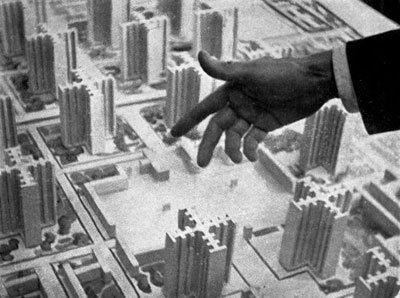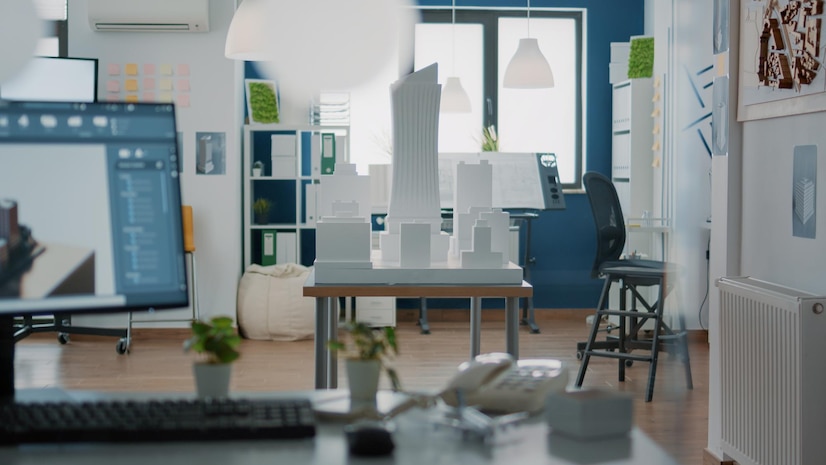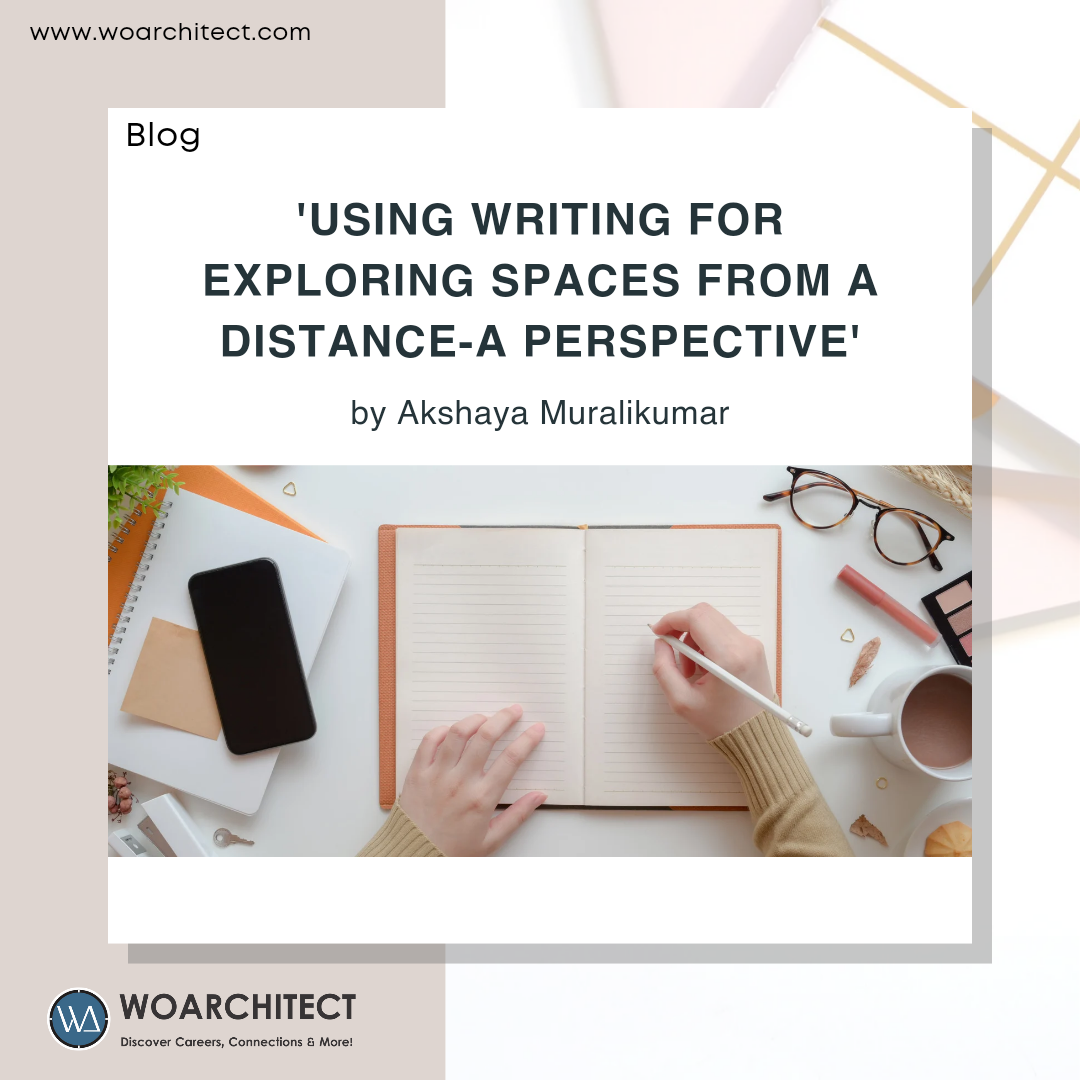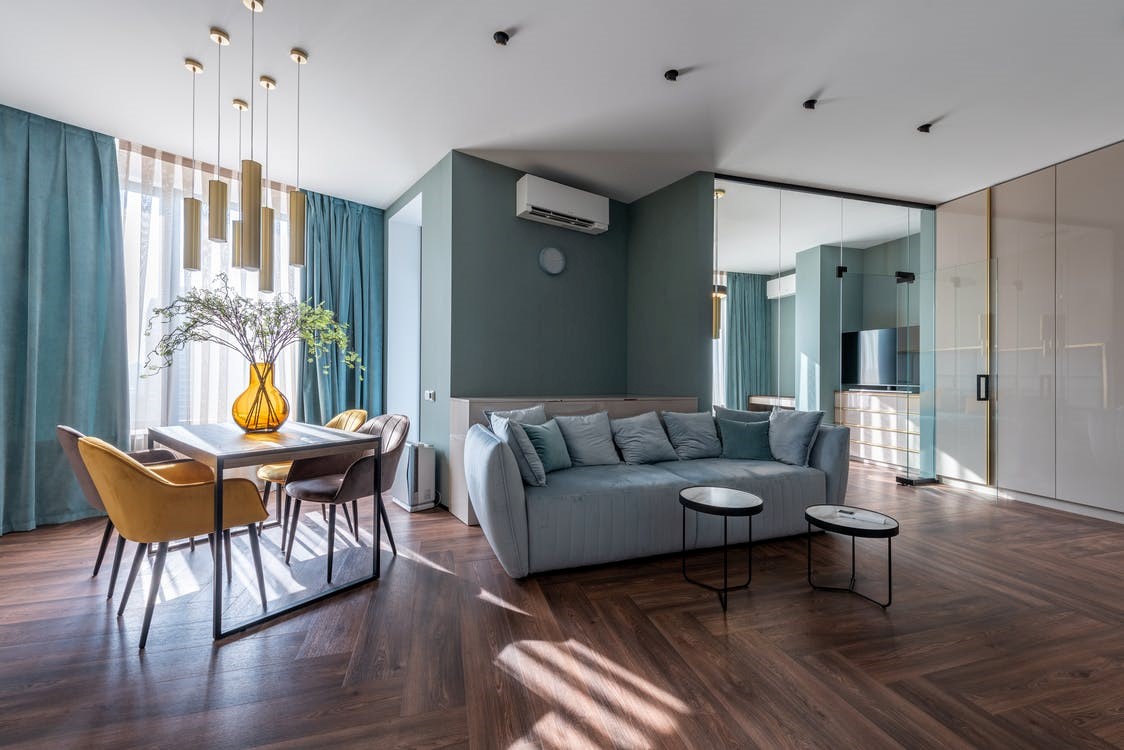
IS ARCHITECTURE MERELY A BUILDING?
In today's digital world, we are constantly inundated with visuals that just feed into the uppermost layer of appreciation but never go deeper within. That is when we, as learned professionals, can play a role of diving to depths and bringing out the real essence behind the pleasing visuals. Documentaries, stories, films, archaeological excavations, ruins, and manuscripts have been providing enough visual, written, and verbal evidence about architecture. These sources give us rich insight into architecture and the thinking behind it. Ancient architecture gives us an enticing impression of the types of monuments and spaces that were built, but the documentation of the monument tells us the whole story. Our knowledge of how and why these monuments were created and the process behind it, allows us to fully appreciate its purposes. That is why it is important to write about architecture and define the way it will be perceived by the people outside the architecture fraternity.
Most people are unaware of how architecture impacts our daily lives, as the majority never encounters architectural expressions beyond the architectural fraternity. Instead, many think of buildings as just structures, instead of architecture as a whole. Space and buildings allow us to enter a metaphorical new world, where the architect can predict exactly where and how you are going to maneuver, use and feel their creations, since that is how they created it in the first place.
Architecture is the poem of the built environment that freezes in time, and an architect is the poet of space and form. An architect is typically perceived as someone who designs and constructs buildings. However, it does more than simply enclose spaces in meaningful ways. Architecture and progress in civilization are intrinsically linked. Thus, architecture can be influenced by the social, economic, and political conditions of society that affect each of these in turn. When used in the right manner and with the right objectives, it can have positive or even negative effects.
Architecture has always been a representation of society, capturing the values, accomplishments, and eventual downfall of cultures throughout history. Whether it's the monumental structures, residences, and buildings that make up the fabric of a city, we can learn a lot about the people who inhabited them long ago. Architecture is an architect’s blueprint, of their imagination and thinking, for the people. The Father of analytical psychology, Carl Jung describes architectural drawings as diagrams of the human psyche. Since we spend more time indoors than anywhere else, living in a particular built environment shapes our behaviour as well.
The first four decades of independent India were marked by a difficult relationship with our sense of history, perceiving the previous two centuries as remnants of unfortunate colonization and constant foreign invasion that drastically impacted our country in all fronts including our architecture. In this early postcolonial era, India was struggling to re-establish its identity as a nation. Development discourse went through struggle between a regal past and a vision of a technologically advanced future. During this uncertain period, architecture of the country also reflects transition and overlap between these two extremes.
Currently, we have transitioned to an age of individual identity on global platforms, adaptation to changing trends and collaboration. An age that is about sharing knowledge, sharing progress, and working together on a better future. It is a work in progress and architects around the world are constantly engaged in extending the means of design to alleviate or eliminate social inequities prevalent in society, bringing in sustainable solution and embracing technological advancements. Through design interventions, architecture can address many of these elements, creating a positive impact. The role of architecture is about filtering and forming experiences through perceptions of the built environment.
The ‘Built Environment’ is a symbol of world at particular time reflecting its culture, economy, technology, social and political makeup. Architects have a radical impact on the world. An understanding of such territory will help to explore not only the tangible and intangible terrains but also to make architecture more understandable to the public.
Communications have always been the invisible binding force of life, culture, tradition and history. It is no different in architecture, and it involves making spaces reflecting lifestyle, culture and traditions of clients. Trying to bring a client's dream into reality, matching it exactly, and making it even better.
Communication of ideas and inspiration to a multitude of people around is a daunting task. Before this, translation of ideas into four different forms of communication, such as verbal, non-verbal, written, and visual communication, is crucial. Because architecture is primarily a visual medium, people often have misconceptions about what it is, and they are sometimes way off from reality.
A rich architectural legacy can be traced through documenting the philosophies and works of great architects. Thus far, books have been the primary medium that preserves great architects' work and philosophies. These works are now also shared through social media platforms like Facebook, Instagram, Twitter, LinkedIn, as well as architecture, interior design magazines, journals, documentaries and programs on television so that the profession and its ideology has an opportunity to become even more widespread.
In today’s scenario, thus, it has become of utmost importance that journalists from architectural backgrounds choose the form of written communication to convey the right knowledge and awareness about design, its necessity, functionality, and aesthetics in the form of language and words.
As conveyed in a TedTalk by Canadian architect Donald Schmitt, architecture is becoming increasingly important to creating communities that are humane, innovative, and create an environment for learning. Architecture affects space, society, and climate, and it honors history. Donald Schmitt also emphasizes the profound effect architecture has on our lives and the way we conduct it. Design is a powerful instrument that he believes can create transformation and can lead to innovation, functionality, elegance, sustainability, and cultural significance.
Since Architecture is so significant to mankind, let's make it a beautiful and widely talked about profession, with a focus on the depth, magnanimity, and philosophy of architecture.
About Author: Jinal Bhatt
Jinal is an architect and writer from Mumbai who nourishes her mind with the narratives on art, architecture, design, and life through her writing and photography. She is in perpetual pursuit of discovering and diversifying new perceptions to make architecture a philosophy. Her expression evinces through nature, emotions, and tactile experiences of life.







